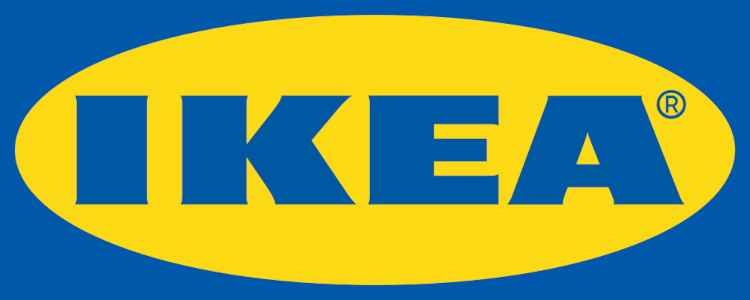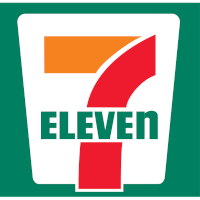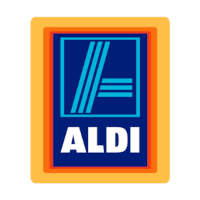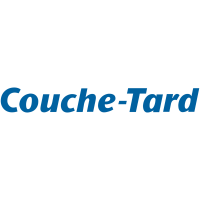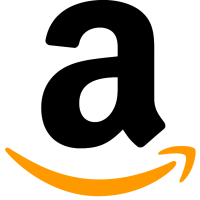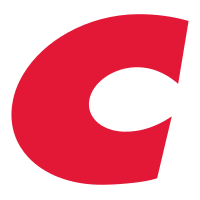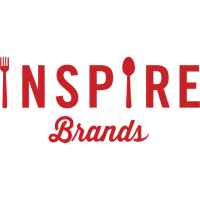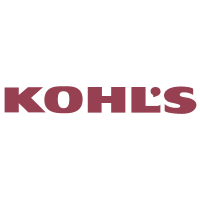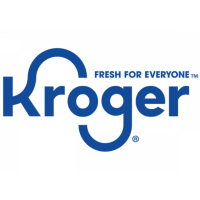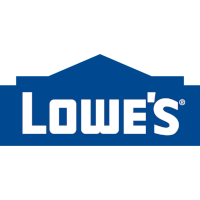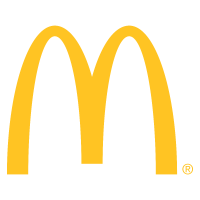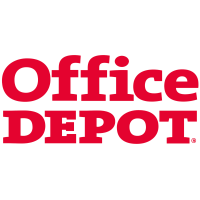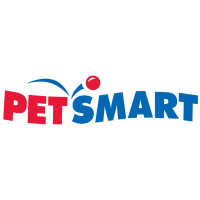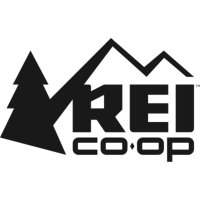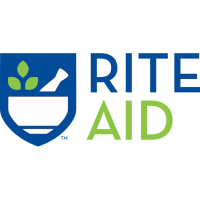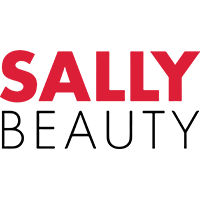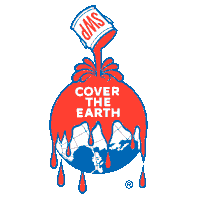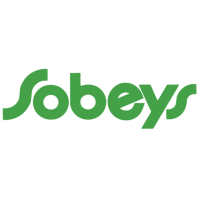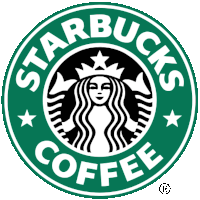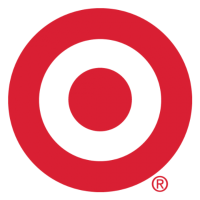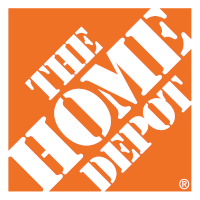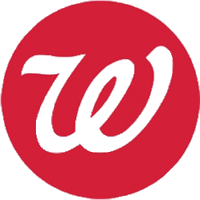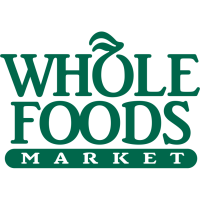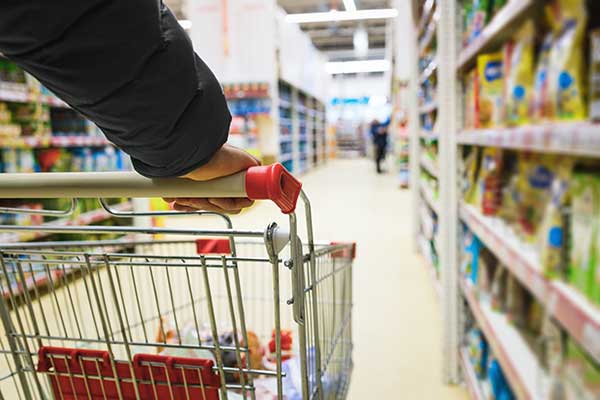Key Findings and Recommendations
- Corporate Commitment: IKEA has made a commitment to ensuring its products are safe throughout their lifecycle by reducing toxic chemicals of high concern, participating in collaborative processes to promote safer chemicals, and actively supporting government policies to phase out toxic chemicals in products. The company could further improve its chemicals management by participating in the Chemical Footprint Project survey.
- Transparency: IKEA requires suppliers to disclose ingredients for toys and art supplies, chemical products, and electrical and electronic products according to separate Bills of Substances (BOS) for those products. The BOS call for some, not full disclosure of all intentionally added chemicals. The company has full insight into all ingredients (i.e. adhesives and surface coatings) for approximately 30 percent of wood-based products.
- Ban the Bad: IKEA has made significant progress over many years in restricting chemicals and plastics of high concern including formaldehyde, PVC, PFAS, BPA, and expanded polystyrene in a number of products. IKEA has set goals to eliminate polytetrafluoroethylene (PTFE) from nonstick cooking and bakeware by 2026, and a general goal to reduce plastics in packaging. The company should continue this progress toward reaching its overarching goal to create safe and healthy products.
- Safer Solutions: IKEA has restricted numerous chemicals that meet high hazard criteria such as carcinogens, mutagens, reproductive toxicants, and those that are persistent, bioaccumulative, and toxic (PBT). The company considers chemicals that do not meet these high hazard criteria as safer, which is consistent with the Washington state definition. IKEA has introduced stainless steel frying pans, a redesign that eliminates the need for PFAS or other chemical coating for some of its cookware. The company has also developed “positive lists” for safer alternatives to PFAS in coatings and biocides.
2024 Detailed Analysis of IKEA
Corporate Chemicals Policy
Adopted a safer chemicals policy
Oversight
Established management oversight
Chemical Footprint Project (CFP)
Participated in the CFP
Collaboration
Actively participates in collaborative process to promote safer chemicals
Public Policy Support
Supported governmental policies to reduce chemicals or plastics of high concern
Supply Chain Disclosure
Brands report use of chemicals or plastics in products or packaging to retailer
Supplier Accountability
Ensures supply chain accountability for chemicals or plastics restrictions
Consumer Disclosure
Brands disclose use of chemicals or plastics to consumers
Chemical Footprint Calculation
Publicly disclosed its chemical footprint
Restricted Substances List (RSL)/Manufacturing Restricted Substances List (MRSL)
Reduction/Elimination Goals
Chemicals and Plastics Reduction
Reduced or eliminated toxic chemicals or plastics of high concern
Safer alternative definition
Adopted a definition of safer alternative consistent with Washington state
Investment in Safer Solutions
Invested financial resources to advance and drive development of safer solutions
Implementation of Safer Solutions
Replaced chemicals or plastics of concern with safer solutions
Quantified Safer Products
Measured and disclosed progress towards safer products
How does IKEA compare to its competitors?
Previous Grade History
NOTE: Our evaluation criteria changed in 2024. The scores from previous review years through 2021 are based on a different set of criteria measured.
Click or tap on a grade year to review additional details (where available).

